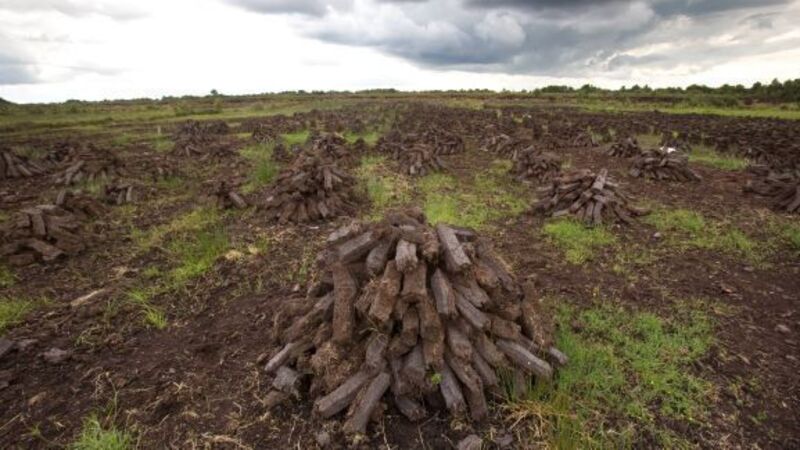Our bogs are rich in species

However, the number of people harvesting turf has diminished, as have the bogs, and most of the turf is now cut by machine. The man with the traditional slean (turfcutting spade) is a truly endangered, if not almost extinct, species.
Attitudes to peatlands are also changing and such places are being regarded more as rich nature reserves with numerous species of plants and wildlife — places to be conserved and cherished.
In late May, a BioBlitz in Coad Bog, in South Co Kerry, recorded a remarkable 200 species including birds, moths, butterflies, spiders, beetles, slugs, dragonflies, damselflies, mammals, flowering plants, mosses, and liverworts during 304 hours of observations.
The blitz included hands-on visits by all the children in nearby Caherdaniel National School who have now become junior wildlife rangers. Participants combed the bog, observing and recording as many plant and animal species as possible. Veteran expert Ken Bond collected moths and other insects and also helped volunteers identify eggs of the orange-tip butterfly.
The project put a spotlight on the value of science in Irish peatlands and offered an opportunity for the public to learn first-hand how important science is in managing peatlands for the future.
The Irish Peatland Conservation Council gathered a large amount of essential information about the nature of the bog and its range of wildlife. This material will be an invaluable help in preparing a conservation plan for the bog later this year.
Rory Hodd, an expert on non-flowering plants, recorded a massive 71 species of mosses and liverworts. One species, called Anomalous flapwort, was a rare find for Kerry.
The song of the skylark could be heard by all during the week and some volunteers observed a meadow pipit nest, a rare enough sight. The pygmy shrew, Ireland’s smallest mammal, was also recorded.
Thirteen habitats were found on the 10-acre site, including wet bog, grassland, rocky outcrop, bog ditch and stream. The most diverse of these habitats was a stream that contained 22 species of plant. The deepest peat in the bog was four metres and it is likely parts of the bog may be up to 7,000 years old. Some 4,000-year-old pine stumps, exposed in the 19th century during turf-cutting, were spotted, coloured black due to burning of the bog in the past.
Many more bogs are equally endowed.













